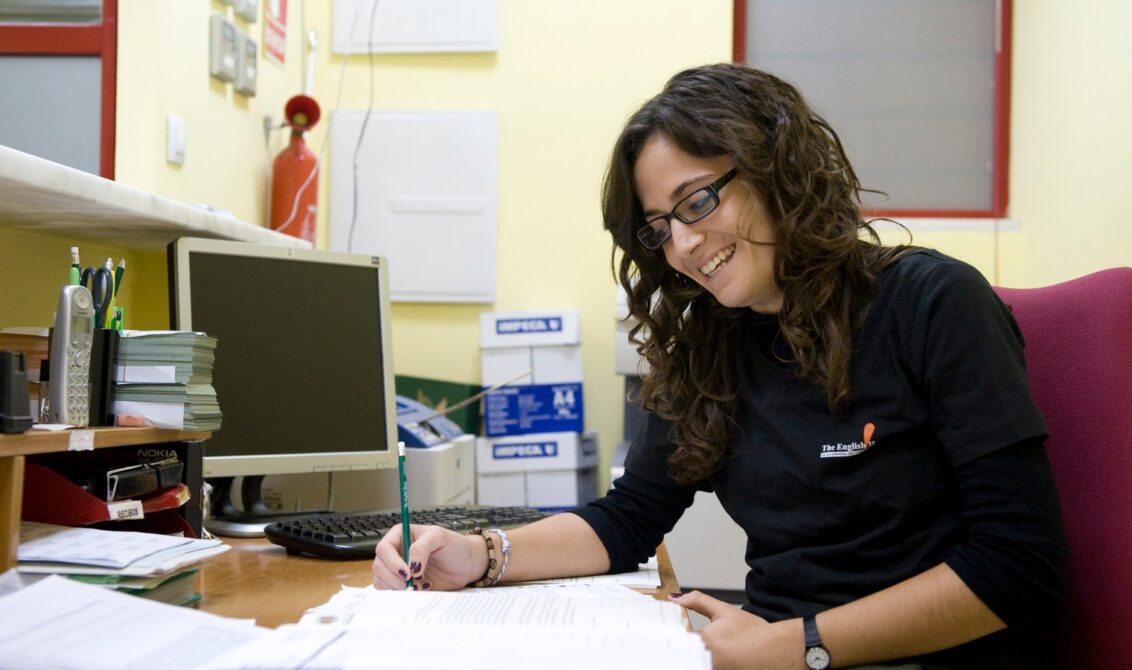
Educators have a heavy workload. Between administrative tasks, lesson planning, developing the curriculum, marking, feedback, communicating with parents and classroom time, teachers are balancing a lot of responsibilities. Perhaps that’s why teaching is often perceived as one of the most stressful jobs.
But education can also be a rewarding field to work in. The trick is to make the most of resources and strategies that can streamline your tasks and ensure you find a healthy work-life balance.
In the digital age, there are a number of tools that can automate processes without compromising the quality of education that you’re delivering. On top of that, there are offline measures that protect your time and wellbeing, which helps to contribute to greater productivity when you’re actually in the classroom. Let’s take a look:
Five efficiency hacks for busy teachers
1. Prioritise rest during holidays
A recent study found that teachers are more likely to work during holidays than people working in other fields. Yet, the holidays are essential for you to recharge your batteries. Using the allotted times for rest allows you to decompress after a busy term, and can significantly reduce stress and burnout. You’ll notice a refreshed perspective and increased energy when you return to school, even with just one week of time away from the classroom and coursework.
Moreover, rest has been proven to positively impact cognitive function and memory. By prioritising rest, you’re more likely to approach lesson planning, curriculum development, and classroom management with heightened focus and creativity. You’ll also notice that after a period of rest, you’ll have the mental agility to think strategically, meaning you can problem-solve faster and more profoundly.
This rest can translate to meeting the diverse needs of students more effectively, and fostering a dynamic learning environment. It is also a core investment in your emotional, physical, and mental health.
So, what does this look like in practice? Even if it’s impossible to take a complete break over the holidays, try to keep the first part of your time off completely free from any teaching-related tasks. That way, you’ll have renewed energy to get through work faster before returning for the start of a new term.
2. Share classroom responsibilities with students
The classroom is a shared space. You’re at the helm, but students are equally accountable for organising the physical place they learn in. Involving your students in classroom management encourages them to take a sense of ownership, and to be active participants in their education. This collaborative approach not only cultivates mutual respect, it also eases your workload, and it’s an approach you can use with even the youngest learners. .
Setting up activities, clearing away equipment, changing display boards, updating calendars, and making morning announcements can all be shared among students. That will allow you to pay more attention to other aspects of classroom time, including spending one-on-one time with students who need extra guidance.
3. Plan backwards from assessments
Structuring curriculums and lesson plans is very time-consuming. A great solution is to use the final year or term assessment as a benchmark. By looking at previous assessments and specifications for the assessment, you’ll be able to directly align your term planning with the desired learning outcomes. This approach will also highlight common themes, which you can use to divide the term accordingly.
This is an effective way of tailoring your teaching strategy based on the skills and knowledge that you want your students to achieve by the end of the course. You can establish a logical sequence of lessons that build upon foundational concepts and increase in complexity as they go along. Likewise, this approach allows you to prepare resources ahead of time, and plan to spend more time on the topics that you know will be challenging for your students.
4. Simplify homework assignments
Setting, reviewing, and grading homework requires a lot of teachers’ time. And while homework is a necessary part of education, it can be given out in a more efficient manner. Simplifying homework is crucial. With clear, concise instructions, you will reduce confusion and allow students to engage with study outside of school hours. The result is fewer student questions to answer, fewer late hand-ins, and more time to double down on providing targeted feedback.
For example, rather than assigning a long set of maths problems, it’s more effective to set a few equations that relate to the lesson of that day. Instead of requesting a detailed lab report, ask students to write a brief summary of their observations and conclusions from that day’s science class.
This approach means that you will have a more manageable homework load, and both you and your students feel less overwhelmed.
5. Use AI resources to streamline administrative tasks
Teachers are excited about the introduction of AI in schools. The technology has huge potential to reduce workloads and consolidate teachers’ time. It can automate routine tasks, freeing your time to work on personalised instruction, student welfare, and your own personal goals. AI resources can also generate data insights that makes your decision-making more informed and therefore more impactful for students.
Some of the best AI tools available for teachers are:
- GradeCam, which uses AI to review paper-based assignments and tests.
- Knewton, which offers adaptive learning solutions that adjust to each student’s proficiency level.
- Squirrel AI, which creates customised learning paths for students.
- Google Classroom, a suite of AI tools to organise assignments, provide feedback, and communicate with students.
- Tableau, a data visualisation resource to analyse and interpret educational data.
- Classcraft, which uses gamification and AI to manage classroom behaviour and engagement.
- Remind, an automated messaging platform to interact with students and parents.
- Edpuzzle, which applies AI to produce video lessons for teachers’ professional development.
These small hacks can have big repercussions – and every hour saved on admin and planning can equate to improved wellbeing and better teaching. The turn of a new year is an optimal moment to rethink how to be efficient, and to welcome on board new technology that lends a digital helping hand to busy teachers.
Further reading
To expand your knowledge of AI in the classroom, read our list of AI tools to use in 2024.
Subscribe to our blog
If you’d like to stay up to date with our latest articles, why not subscribe to our blog? You’ll get a fortnightly roundup of the articles you’ve missed straight to your inbox, plus links to free teaching resources.

